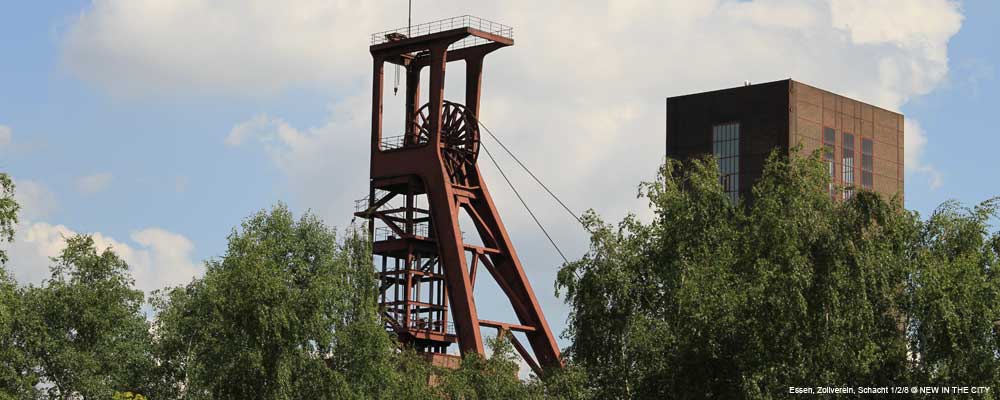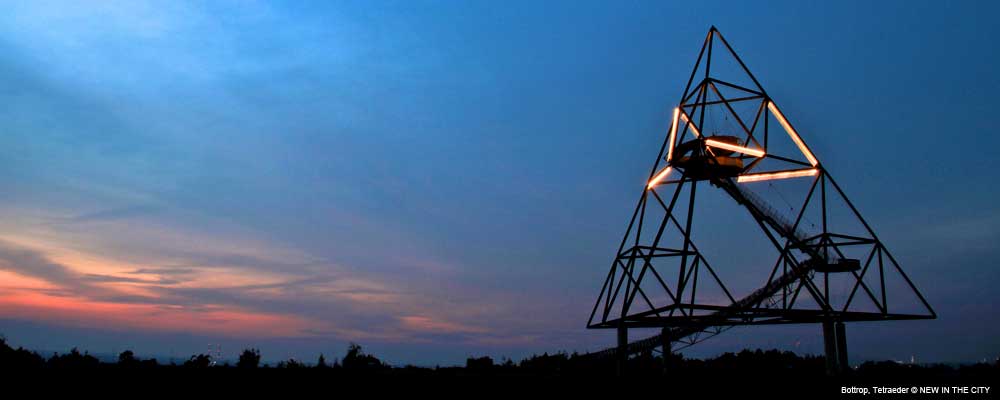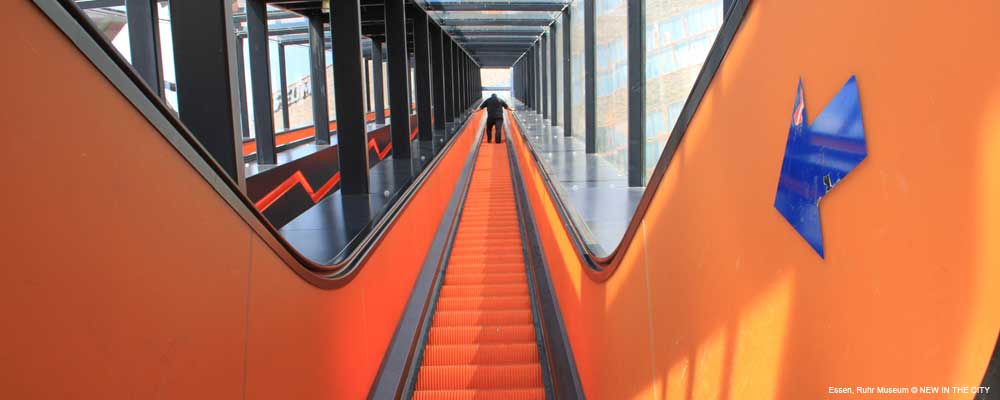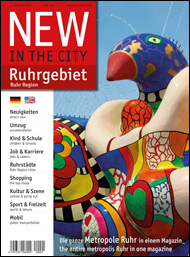Welcome to the Ruhr Region, Germany’s largest conurbation with its over 5 million residents!
Welcome to the Ruhr metropolis, as the region was often touted until just recently.
And above all, welcome to the “Revier’’ and the “Pott,’’ as local people, known as “Ruhris,’’ fondly call their home.
In this way, local people present an official unity to the outside world, because there is strength in togetherness.
But otherwise they are still strongly bound to their own cities and identify themselves as citizens. Local pride is especially feverish during traditional soccer derby matches between Borussia Dortmund and Schalke 04.
They also like to gather at a snack stand chatting about the state of world politics while eating a sausage with curry sauce and drinking a small beer.
In places like this, you’ll find down-to-earth, straightforward people who live according to the principle “live and let live.’’
Each city has its own individual feel and offers everything you need to live.
The cultural variety is particularly extensive. This is a consequence of the much-vaunted structural change caused by the coal crisis at the end of the 1950s when the falling demand for expensive Ruhr coal signalled a long-term decline in the mining industry.
Until then coal mining and associated steel industries were the main economic pillars of the region.
Public measures to restructure the Ruhr Region led to the creation in the 1970s of growth industries, an economic boost that was helped greatly by the founding of colleges, which at the same time ensured that the Ruhr today has Europe’s greatest concentration of colleges and universities, as well as numerous technical centers.
The closed-down coal mines and steel works remain as spectacular industrial monuments and for the most part have been turned into country parks, multicultural centers and even venues.
In this way, a multifaceted cultural landscape has arisen in the Ruhr.
This impressive structural transformation through culture led to the city of Essen being named a European City of Culture in 2010, as a representative for the whole Ruhr Region.
And there have been even more transformations.
The former slag heaps have been turned into true leisure paradises for hikers, strollers and cyclists that also offer wonderful views of the region.
Here’s where you’ll meet the locals and quickly fall into conversation.
It might even be the case that the person taking a stroll nearby is a former miner who can tell his own personal story about the region’s transformation.






